Rocky Reefs of Patagonia, Argentina
Temperate rocky reefs in Patagonia, Argentina, are highly productive ecosystems that support diverse communities of invertebrates, algae, and fish. The complex structures formed by rocky outcrops create a variety of microhabitats, facilitating the coexistence of numerous species. These reefs provide essential marine ecosystem services, supporting recreational fishing and scuba diving activities in the region, and hold significant educational and scientific research value.
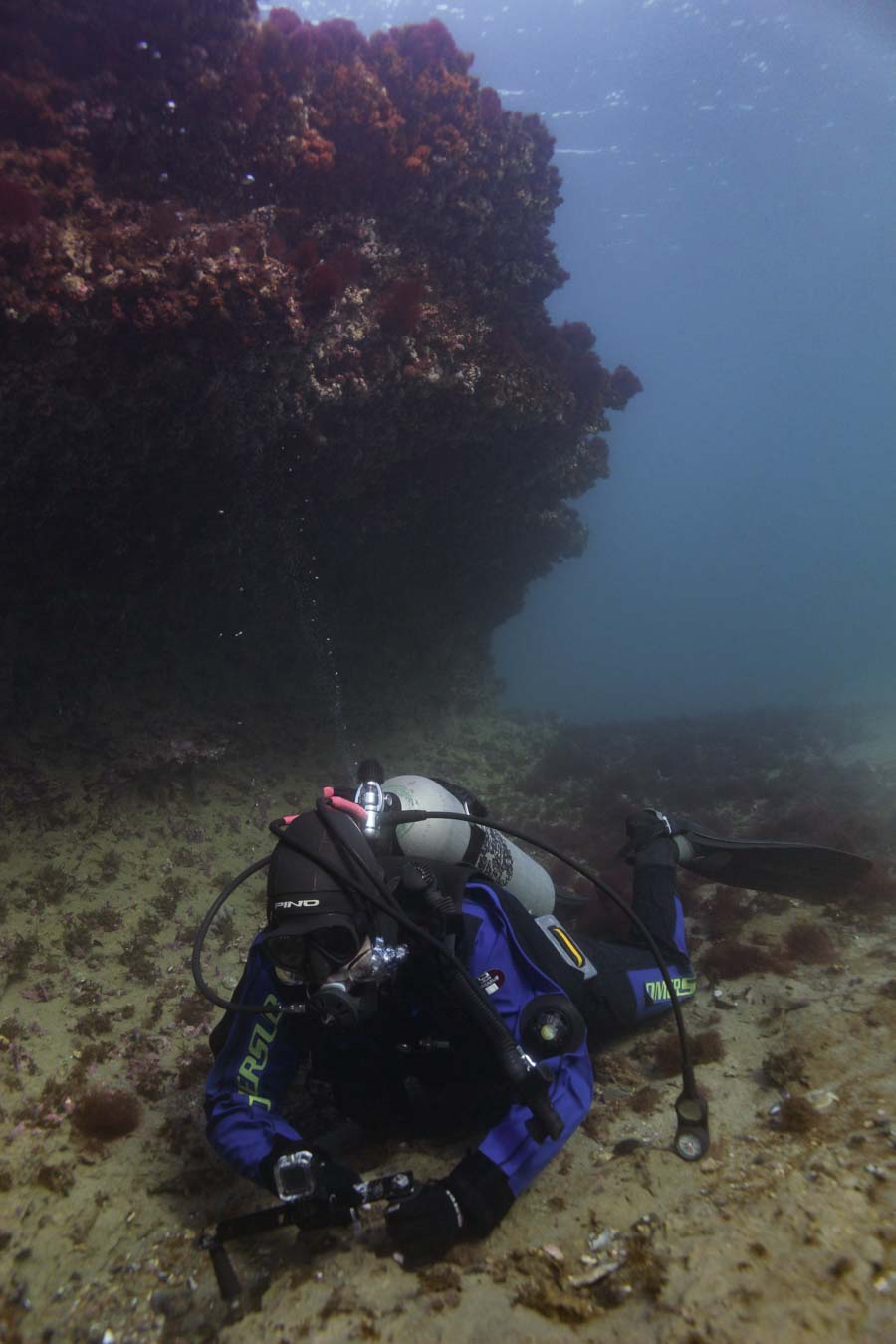
Why are they important?
Temperate rocky reefs in Patagonia, Argentina, are highly productive ecosystems that support large communities of invertebrates, algae, and fish. Although these rocky substrates cover a smaller area compared to the extensive soft bottoms of the Patagonian shallow shelf (less than 30 meters deep), many species, including macroalgae, rely exclusively on hard substrates for settlement.
The intricate structures of rocky reefs create a variety of microhabitats, fostering a rich diversity of co-existing species. Small rock caves provide shelter for fish species that spend their entire adult lives within these reefs. Consequently, rocky reefs serve as biodiversity “oases” amidst vast expanses of homogeneous soft-bottom coastal ecosystems.
Despite their significant ecological importance, these habitats have historically received limited scientific attention. Understanding the current state of local and regional benthic biodiversity is crucial for detecting future changes in species composition that may result from environmental shifts, such as sea temperature increases due to global warming. Many species inhabiting rocky reefs have restricted temperature ranges, making them particularly susceptible to climate change. Studying these communities in detail will enhance our knowledge of species distributions and aid in developing models to predict potential range shifts under future climate scenarios.
Why we need to study Patagonian Rocky Reefs?
We need to study the benthic communities of Patagonian rocky reefs in greater detail. Understanding the current state of local and regional biodiversity is essential for detecting future changes in species composition that may occur in these ecosystems. Many species that inhabit rocky reefs have narrow temperature tolerances that define the range in which they can live. If sea temperatures rise in the coming decades due to global warming, shifts in species distributions are likely.
This research will improve our understanding of species distributions in rocky reefs and contribute to the development of models that predict how these patterns may change. Such models can help us anticipate which species might shift their geographic ranges if sea temperatures increase by approximately 3.1 ± 0.6 °C, as projected for the year 2100 under the RCP8.5 climate scenario.
Sub-aquatic tourism areas (STA)
Rocky reefs within Nuevo Gulf, near the city of Puerto Madryn, are designated as sub-aquatic tourism areas (STA). These sites are valued for their potential to promote sustainable tourism and marine conservation. STAs are selected based on characteristics such as clear waters, shallow rocky formations (less than 15 meters deep), proximity to urban areas, striking underwater landscapes, and high biodiversity.
Local legislation (Decree No. 1998/13, 2013) regulates these areas, allowing only recreational and scientific diving activities within their boundaries.
In this video, you can see an underwater exploration of one of these rocky reefs:
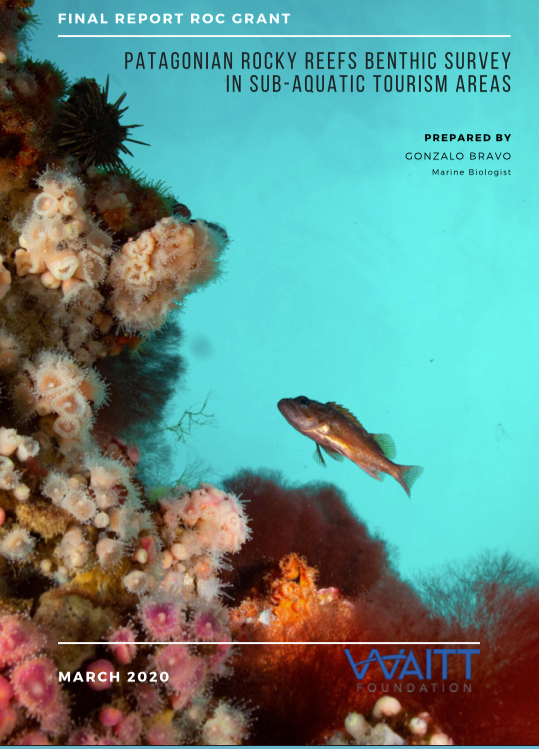
SMALL GRANTS FOR
BIG OCEAN OPPORTUNITIES

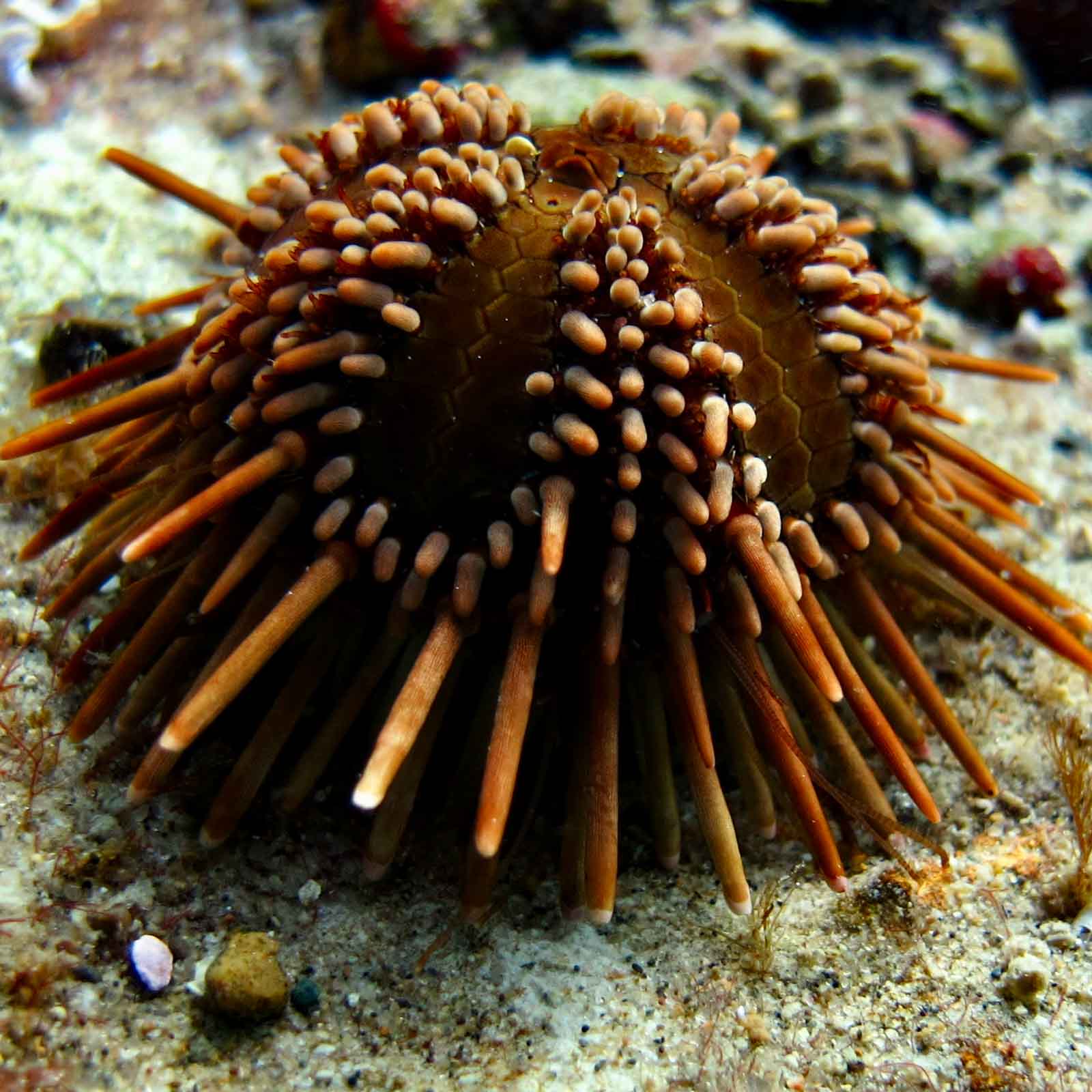
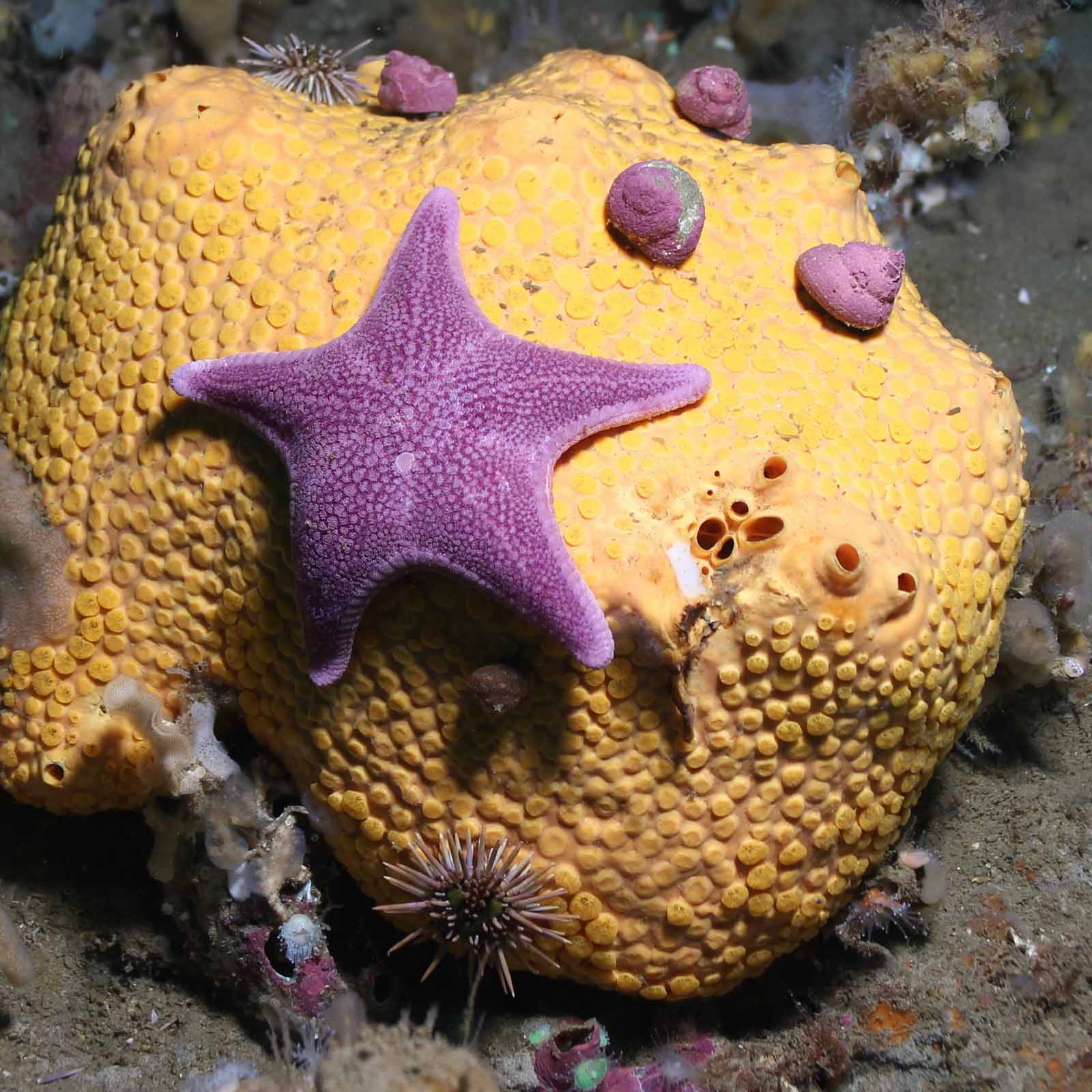
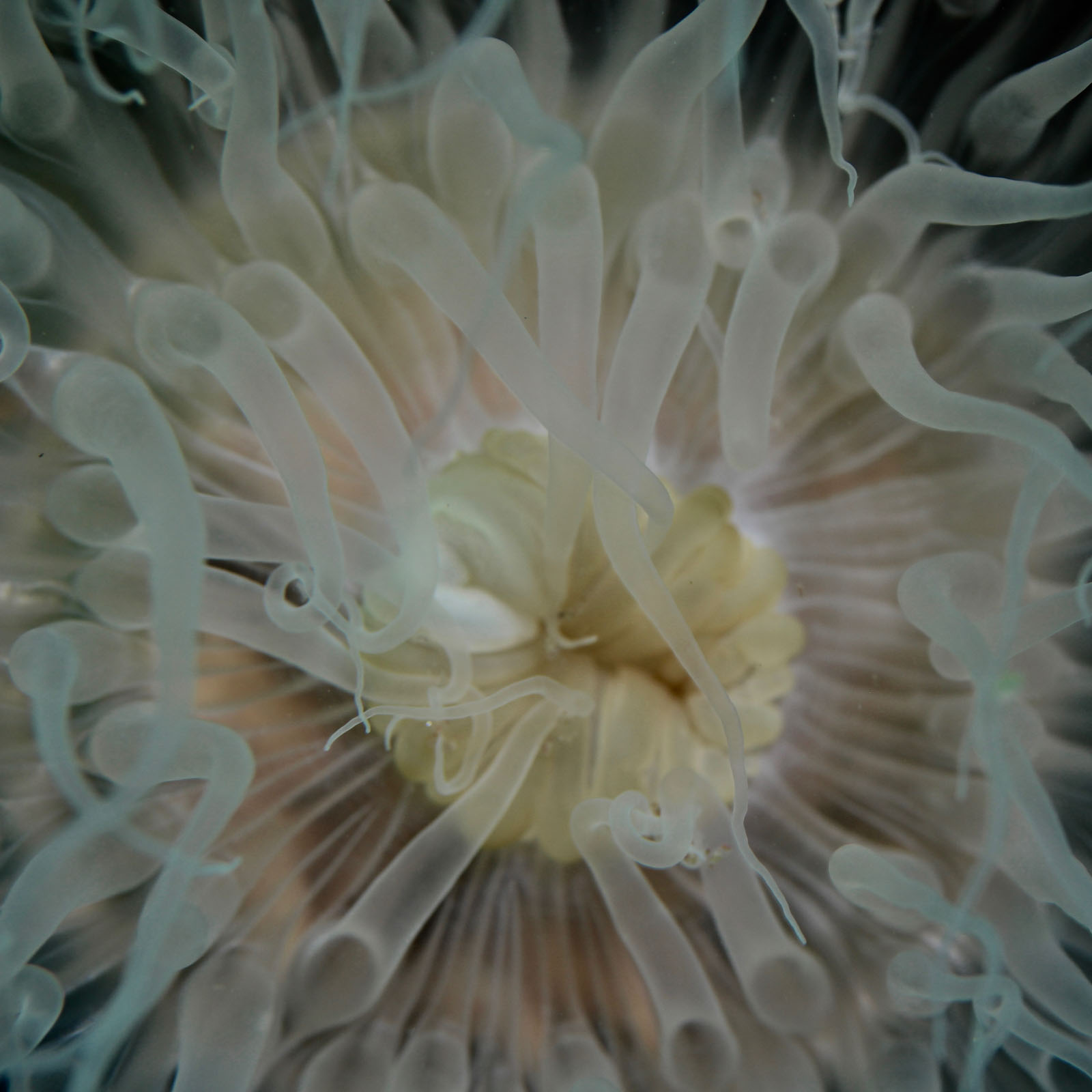
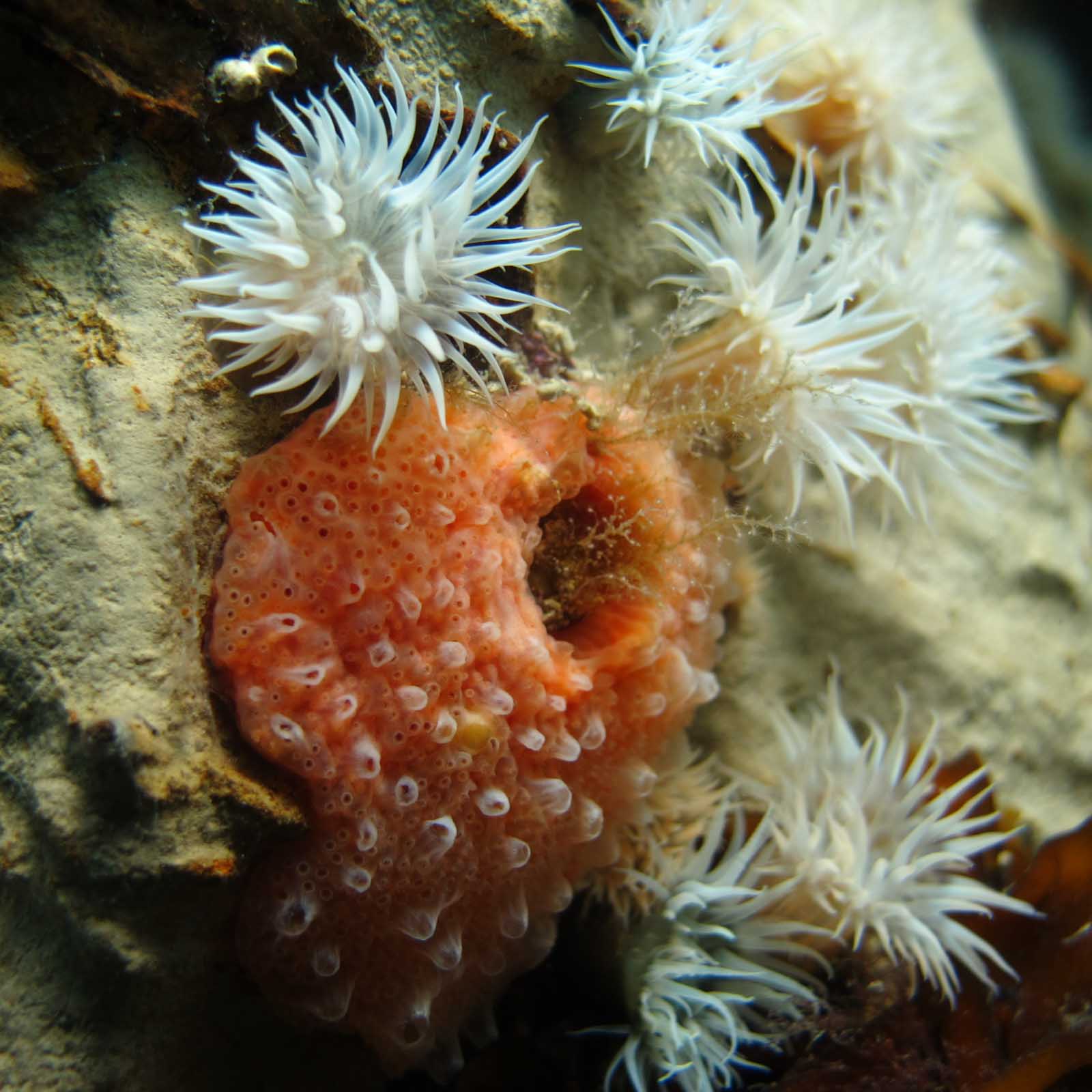
CONTENTS
About us
Marine education
Research
Downloads
DONATE
SOCIAL MEDIA
Contact us
info@proyectosub.org
Puerto Madryn
Chubut, Argentina
